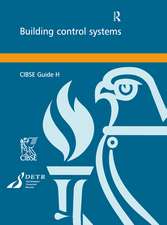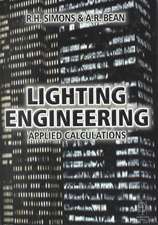HVAC Chilled Water Distribution Schemes
Autor Anuj Bhatiaen Limba Engleză Paperback
Preț: 257.78 lei
Nou
Puncte Express: 387
Preț estimativ în valută:
49.33€ • 51.87$ • 40.76£
49.33€ • 51.87$ • 40.76£
Carte disponibilă
Livrare economică 26 martie-09 aprilie
Preluare comenzi: 021 569.72.76
Specificații
ISBN-13: 9781508596912
ISBN-10: 1508596913
Pagini: 66
Dimensiuni: 152 x 229 x 4 mm
Greutate: 0.1 kg
Editura: CREATESPACE
ISBN-10: 1508596913
Pagini: 66
Dimensiuni: 152 x 229 x 4 mm
Greutate: 0.1 kg
Editura: CREATESPACE



























